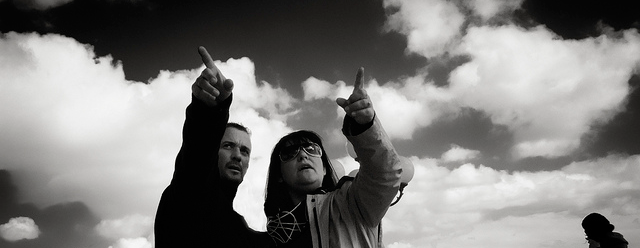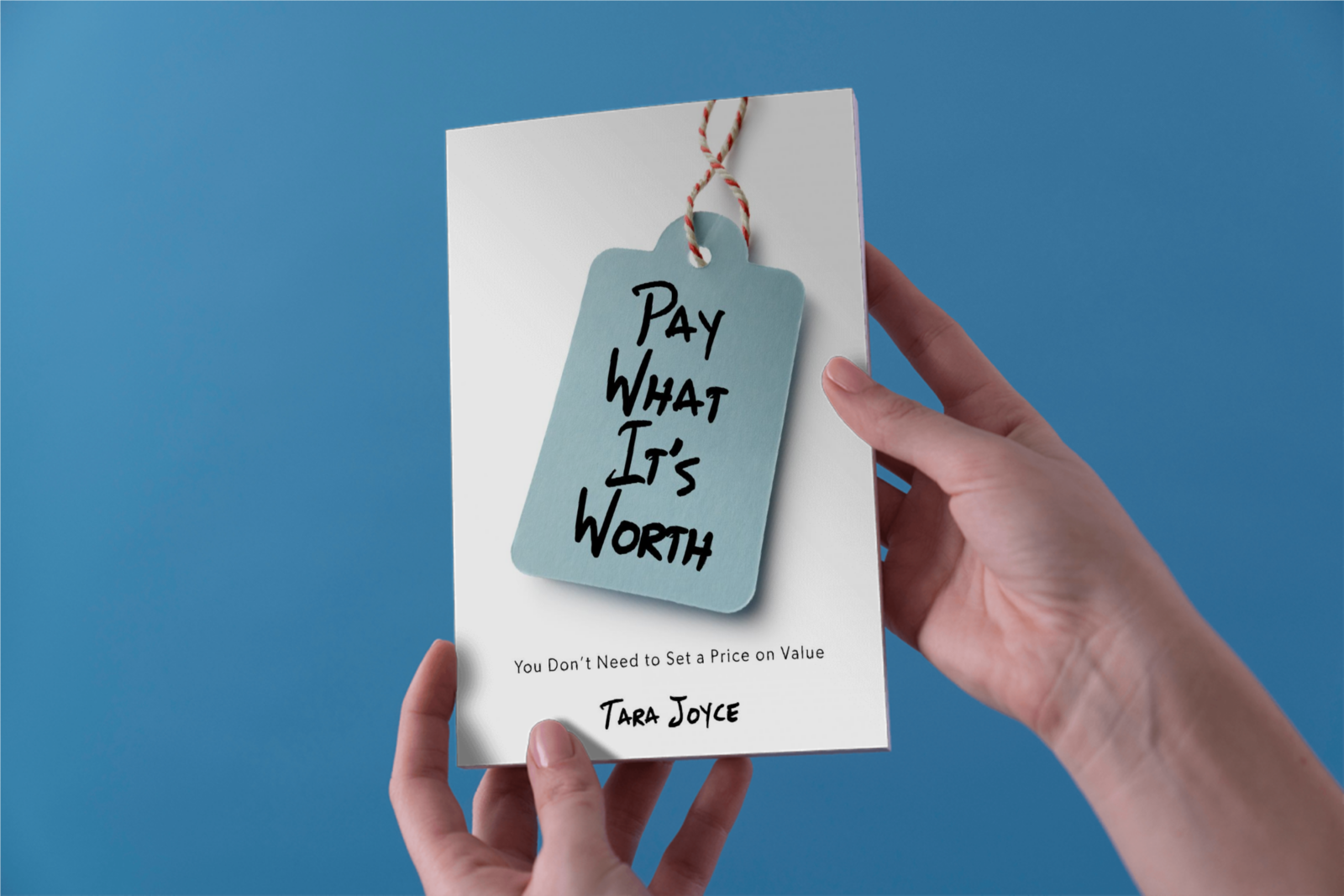
Longer Than Expected

How do I balance my innate human desire to estimate how long something will take, with the reality that I often have little control over this truth?
Is the point to do my best in estimating, to get a general sense, and then to leave it? Is the point to do some planning, but to never decide that my expectations are true and correct? Is the point to create motivation to work towards the goal, rather than attaching to its timeline?
Perhaps our time estimates are funny games we play with our Self and with each other, in support of our motivation. If we think it’ll only take 2 years to realize, this feels more motivating than the 7 years it actually takes. Perhaps, we’d never undertake the action if we truly knew how much we’d need to put into it to achieve it. Perhaps, our collective need for estimates and time projections is simply a trick we play on our mind and ourselves, to encourage us to take the action in the first place.
We want to feel it won’t take that long to realize. We want to believe that other things in our life won’t arise and take us away from that goal, at least temporarily.
We, in our culture of instant gratification, want so badly for our dreams to be as easy to manifest as the things available to endlessly consume. We’d love to realize our dreams NOW. We’d love to bypass all the other work we haven’t factored into our plan. We’d love if we didn’t need to work on our Self in order to realize our dreams.
We’re only human. We can’t know until we know. But perhaps in coming to accept how arbitrary our timelines are, we can provide that understanding to others. Perhaps, because of this, one day, we’ll find ourselves relinquishing the power Time has over us.
When used kindly, timelines and estimates inspire us into action. When used unconsciously, they leave us feeling not good enough. We’ll likely never meet the exact timelines we set, so why not see and set them more truthfully? Let’s own that we create them to feel more in control of something (Life) than we truly are.
Your timelines and your planning undeniably support you in starting and in making movement, and yet it’s likely your goal will take longer than expected to realize. It seems this is the way it is. Be weary of yourself or anyone else who leaves you feeling less than because you haven’t yet reached your goals. Remember, as long as you’re working towards them, you’re a work in progress and you’re on your way.
photo credit: Scott Akerman


